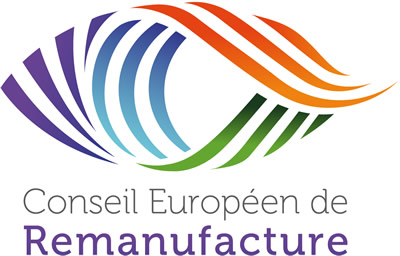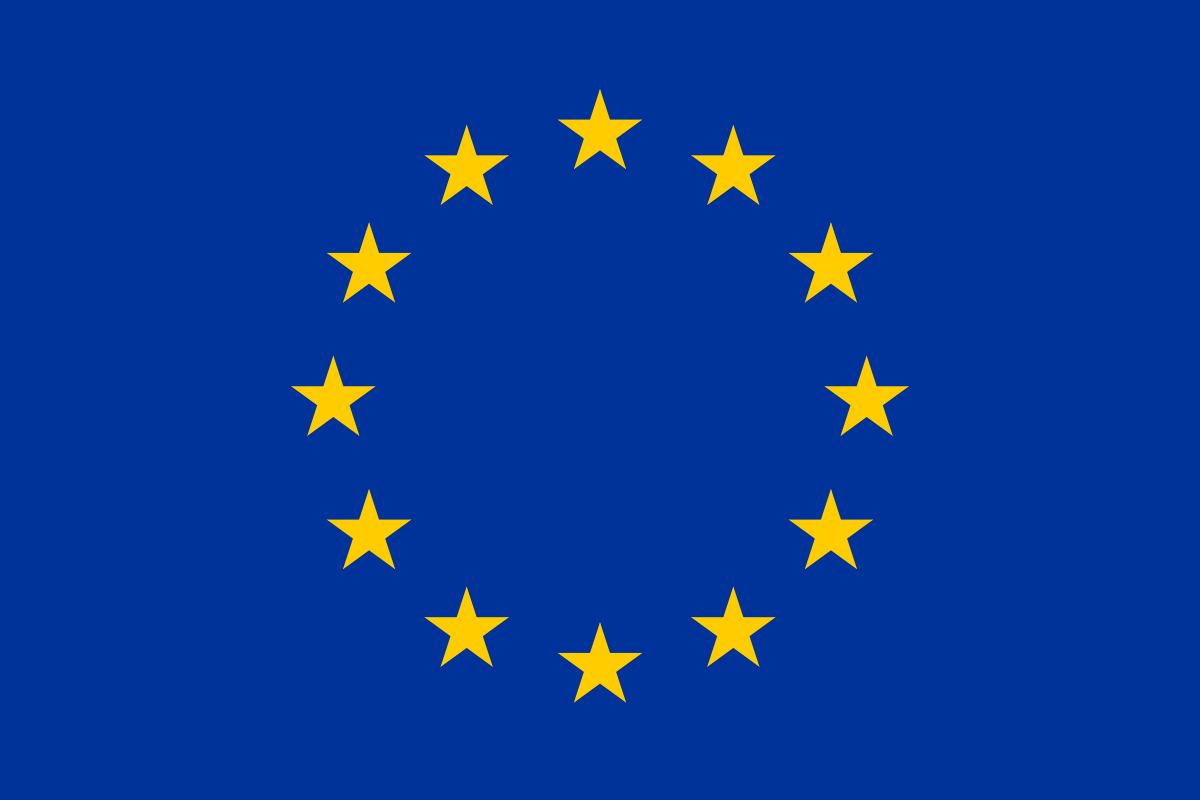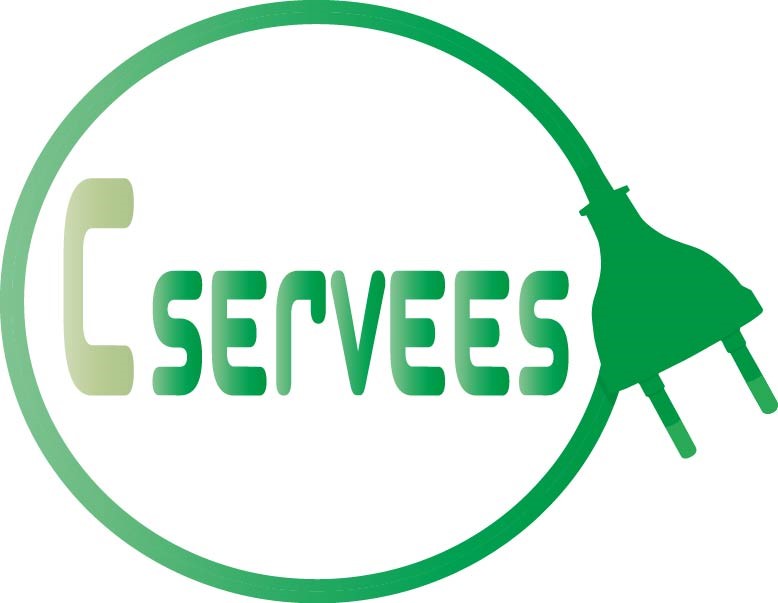
Lexmark is a U.S.-based multinational company headquartered in Lexington, Kentucky, that serves more than 170 countries worldwide. Some of our sites in Europe, the Middle East, and Africa include a regional headquarters in Geneva; a shared service centre in Budapest; major sales offices in Frankfurt, Paris, and London; and support centres in Rabat and Sofia. In addition, our remanufacturing plant in Zary, Poland, manages the manufacturing and remanufacturing of Lexmark laser cartridges, repair services, and refurbishment of electronic and mechanical devices. Our more than a thousand employees located in EMEA share the vision and mission of Lexmark, and thus, we all work together for a more sustainable business.
Budapest |
France |
DACH |
Poland |
UK |
South Africa |

Lexmark is in the top 1% of companies assessed.
Lexmark has been in support of circular economy and remanufacturing initiatives since our inception 30 years ago. In 1991, we began reclaiming material through our Lexmark Cartridge Collection Programme (LCCP), and we have been creating postconsumer recycled (PCR) plastic in our closed-loop process for 10 years. As a leading remanufacturer, we understand that the adoption of circular economy principles promotes innovation and economic growth in a more environmentally sustainable manner.
 Our founding membership in the European Remanufacturing Council (CER) provides Lexmark with the opportunity to share with other businesses how to extend product life and retain valuable materials. As a member of CER, we seek changes to policy with the aim of making remanufacturing a normal part of a product life cycle. Members of the CER aim to triple the value of Europe’s remanufacturing sector to over $100 billion by 2030.
Our founding membership in the European Remanufacturing Council (CER) provides Lexmark with the opportunity to share with other businesses how to extend product life and retain valuable materials. As a member of CER, we seek changes to policy with the aim of making remanufacturing a normal part of a product life cycle. Members of the CER aim to triple the value of Europe’s remanufacturing sector to over $100 billion by 2030.
Lexmark makes a clear choice toward planned durability, intentionally engineering long-life devices that last seven years or more. Device life is extended further through remanufactured and repaired parts and supplies. Longer-life devices save finite resources, reduce waste going to landfills and lower carbon emissions. Preserving resources and reusing materials have been important to Lexmark since our inception. We’ve reused over 35 million kilograms of recovered cartridge materials since 1996 by converting millions of used toner cartridges into Lexmark-certified reconditioned toner cartridges. For more information on how Lexmark designs our products for extended life, click here.
Lexmark actively works with many stakeholders, partners, industry groups and governing bodies to rethink and redesign our products in the framework of a circular economy. Lexmark participated in impactful sustainability initiatives and projects with other industry leaders. Our partnerships with companies committed to advancing the circular economy provided us with the expertise to conduct internal projects that reduce waste and promote the long-term use of resources. At Lexmark, global crossfunctional teams from over 20 areas of the business incorporate circular design into our products and maximise their life cycle by offering robust take-back and remanufacturing programmes.
Our commitment to remanufacturing is recognised by prominent supporters of sustainable manufacturing. Our endeavours most recently resulted in an EcoVadis Platinum medal, the highest level of this extrafinancial assessment. EcoVadis has grown to become the world’s largest and most trusted provider of business sustainability ratings, creating a global network of more than 90,000 rated companies and their supply chains to assess their performance in the field of corporate social responsibility (CSR) and governance. Lexmark is in the top 1% of all companies assessed and a clear leader in our sector. Since 2014, Lexmark has consistently received an EcoVadis Gold rating, which was the highest rating until Platinum was added last year.
Lexmark also received the ISRI 2020 Design for Recycling Award for our toner cartridge design and recycling process. Additionally, Lexmark received Manufacturing Leadership awards in sustainability leadership for reuse and reconditioning efforts and ranked 9th in CR Magazine’s 100 Best Corporate Citizens list when we were publicly traded. See more about Lexmark awards and recognitions here.
Lexmark has taken a proactive position to help consumers make informed and sustainable decisions. We offer a digital passport for our product lines with key environmental information in support of the circular economy. The Lexmark Digital Passport can be referenced with information such as product buying guides, providing repair and recycling options, lifecycle analysis and material selections.

To assist our innovative efforts in remanufacturing and to promote a circular business model, the European Union Framework Program for Research and Development awarded Lexmark a Horizon 2020 research and innovation grant under agreement Nº 776714 to participate in the C-SERVEES project. Selected from over 100 applicants, Lexmark works with other C-SERVEES project participants to develop an innovative circular economic business models for the electrical and electronic (EE) sector in areas such as device refurbishment. The objective of the C-SERVEES project participants is to transform the EE sector into an efficient circular economy using new processes and novel information technology solutions. Innovative digital technology is a key element to improve workforce efficiency by transitioning refurbishment processes from manual to automated. Our focus on sustainable resource management resulted in praise for Lexmark. The European Commission’s report on “The case of re-usability of printer cartridges” concludes that “Lexmark appears to be the clear market leader in printer cartridge reuse, presenting a comprehensive set of re-use statistics.” For more information on Lexmark’s contributions to the C-SERVEES project, click here.
Selected from over 100 applicants, Lexmark works with other C-SERVEES project participants to develop an innovative circular economic business models for the electrical and electronic (EE) sector in areas such as device refurbishment. The objective of the C-SERVEES project participants is to transform the EE sector into an efficient circular economy using new processes and novel information technology solutions. Innovative digital technology is a key element to improve workforce efficiency by transitioning refurbishment processes from manual to automated. Our focus on sustainable resource management resulted in praise for Lexmark. The European Commission’s report on “The case of re-usability of printer cartridges” concludes that “Lexmark appears to be the clear market leader in printer cartridge reuse, presenting a comprehensive set of re-use statistics.” For more information on Lexmark’s contributions to the C-SERVEES project, click here.
To encourage the use of recycled plastic, Lexmark accepted the European Commission’s call for action in Annex III of the European Strategy for Plastics. Lexmark is one of the initial 70 companies and businesses voluntarily pledging to use more recycled plastics in Europe and to ensure by 2025, 10 million tons of recycled plastics find their way into new products.
Lexmark is an industry leader in the use of reclaimed plastic with 41% of the plastic content, by weight, across all new Lexmark-branded toner cartridges, derived from postconsumer sources, including our own LCCP closed-loop process. Of the LCCP reclaimed plastic used, 80% directly impacts remanufacturing reuse, with 10% from the LCCP PCR feedstream. Lexmark’s goal is to increase the use of reclaimed plastic through the PCR and reuse processes by 50%, by 2025.
Over 90% of the materials by weight used in our hardware products are recyclable. Lexmark branded in-house developed laser printer and multifunction product hardware models sold in 2022 contain an average of 40% PCR plastic by weight of plastic, with 100% of these models containing some PCR plastic content. Continual reuse of recycled materials greatly reduces the amount of waste sent to landfills. Click here to learn more about Lexmark’s use of PCR.
Lexmark continues to explore the recovery of precious metals to enable clean, domestic recycling of sorted electronic waste through the chemical extraction of precious metals (primarily copper and gold). Recovering valuable materials from end-of-life devices and recycling them into new products expands Lexmark’s leadership in the circular economy movement.
Leveraging Lexmark data analytics, companies have visibility of the location and condition of their products to continuously monitor performance. Having access to real-time data enables detailed tracking of devices and supplies to ensure efficient use of Lexmark’s long-life products. Lexmark manages over one million devices in more than 2,000 locations around the world with over 10 terabytes of data analysed weekly. Maximising and extending the life of our products provide our customers with the opportunity to operate more sustainably.
As part of the EU-funded C‐SERVEES project, Lexmark is working on a private blockchain data scheme. The data provides a reliable system for sustainable material optimisation throughout the stages of the circular economic process (origination, manufacturing, recycling, transportation and use phase). Artificial intelligence (AI) may also be used to better predict product performance, reliability and lifecycle analysis.
Lexmark helps our customers print sustainably by using a combination of new and recycled components to minimise their environmental footprint. Designed and developed for maximum sustainability benefits, Lexmark’s Corporate Cartridge product line is guided by the principles of zero waste and the circular economy. The Corporate Cartridge closes the loop during its production through the incorporation of select components returned via the LCCP.
Cartridges returned to our manufacturing facilities through our LCCP are disassembled, and then components suitable for reuse are selected and used in the production of Corporate Cartridges. Innovative processes created by our engineers recover PCR plastic and pelletise the PCR for integration into new parts. Reclaimed PCR plastic is incorporated into over 60 Lexmark components at a level up to 100% PCR plastic.
Each year, LCCP prevents millions of Lexmark toner cartridges from ending up in landfills. In 2022, LCCP collected 4,039 metric tons of returned cartridges from our customers with 37% reused and 56% recycled. Energy was generated from 4% of toner waste collected.
Devices returned to Lexmark go through a process that assesses if they can be remanufactured for reuse. If not reused, parts are harvested for the refurbishment process. Lexmark works with recyclers to reclaim parts that can be used to refurbish printers, which keeps the printers in service longer and reduces the need to recycle used hardware.
Lexmark affirms our commitment to designing out waste and pollution through collaboration with organisations supporting the circular economy business model. Company-wide innovation has led to the discovery of reuse and recycle techniques novel to our industry. Lexmark strives to minimise waste while maximising resource efficiency through remanufacturing and empowering our customers to protect natural resources by joining our efforts.
Click here to learn more about Lexmark’s Product Sustainability.

Our extensive cartridge collection network has made Lexmark an industry leader in the recovery, remanufacturing and recycling of used toner cartridges. In 2022, through the efforts of Lexmark customers, 36% of the total toner cartridges shipped worldwide were returned through the LCCP. Our collection programmes are currently available in over 60 countries, which represent approximately 90% of our global market. For information on cartridge collection in Europe for medium and large businesses, click here.
The primary U.S. and European Lexmark recycling partner, Sims Recycling Solutions, is one of the world’s largest electronics recycler and is R2 certified. In 2022, the total regulated electronics waste recycled for Europe is 690 metric tons.
In many parts of Europe, our equipment take-back strategy is implemented through country-specific programmes that are operated in accordance with the European Union (EU) Waste Electrical and Electronic Equipment (WEEE) Directive (2012/19/EU). Consumers in the EU can take their equipment to locally authorised collection centres or, in some cases, to local retailers. For EU business customers, Lexmark has established a fully compliant logistics system for transporting used products to the nearest storage and sorting facility, where the equipment is properly processed for recycling. Click here to see more detailed LECP and WEEE compliance information. And our CollectedbyLexmark site makes it easy for companies and individuals to be part of the circular economy.

Lexmark has a long history of designing print systems to meet the Blue Angel standard for environmental performance. The Blue Angel ecolabel, originated in Germany in 1978, is one of the most prestigious environmental certifications worldwide. The Blue Angel criteria are regularly reviewed and revised—the most recent revision being DE-UZ 219 effective since January 1, 2022. The majority of Lexmark print systems announced after October 2012 have been Blue Angel certified. For a list of Lexmark models that are Blue Angel certified, click here.
Lexmark has teamed up with PrintReleaf since 2018 to offset internal operations and test printing. The automatic process measures our paper consumption and calculates the equivalent number of trees needed to offset the environmental impact. The tree planting is audited by a leading global forestry auditor and certification is provided.
This global reforestation service is now available to Lexmark Managed Print Services customers to reduce their overall environmental footprint. They have the opportunity to select the region of their choice among PrintReleaf’s list of geographic areas of need; options in Europe include France and Ireland, but other areas in the Americas and Africa may also be selected.
Works councils are established at some Lexmark European locations that require employers to provide company information for review and to engage in worker consultation on certain company decisions. Information on the European Works Councils is available at www.etuc.org.
Lexmark sites in France, Germany and Spain have signed the European Diversity Charter, committing to ban discrimination in the workplace and create diversity. Joining the charter provides benefits such as offering challenges and new opportunities in the field of diversity and sharing knowledge and best practices with other businesses.
For 2022, 45% of employees in EMEA are women.
The war in Ukraine affects Lexmark employees as much as the rest of the world, with coworkers, friends and family members directly impacted. Lexmark employees heed the call for help in various ways. Some of our multilingual colleagues volunteer their personal time to do translations, some house friends and family fleeing affected areas, many volunteer to deliver food, and many more have made charitable donations to support the cause.
Lexmark has always taken the privacy of our customers, partners, contractors, and employees seriously. In response to the GDPR and other privacy and data protection laws around the world, we have formalised a comprehensive privacy programme—Privacy@Lexmark.
Privacy@Lexmark is centrally led from Lexington, Kentucky, USA, by a chief privacy officer (CPO) and an executive Privacy and Security Council that provides integration across the enterprise. Our CPO is supported in day-to-day privacy matters by a multidisciplinary global team of privacy professionals, including a regional data protection officer in the Philippines, as well as privacy liaisons representing various functional areas across all geographic regions.
You may find more information on our Privacy Notice page.